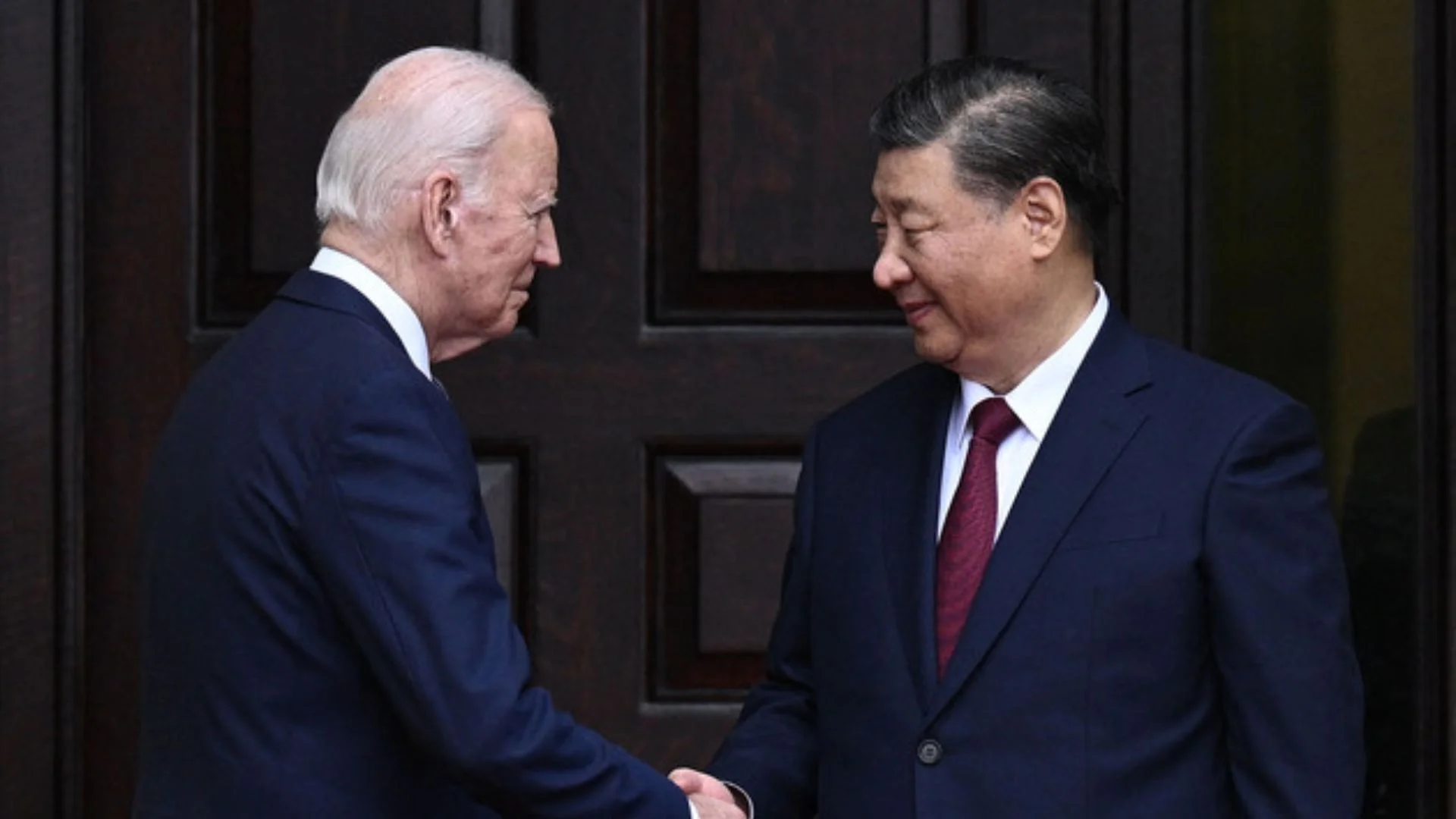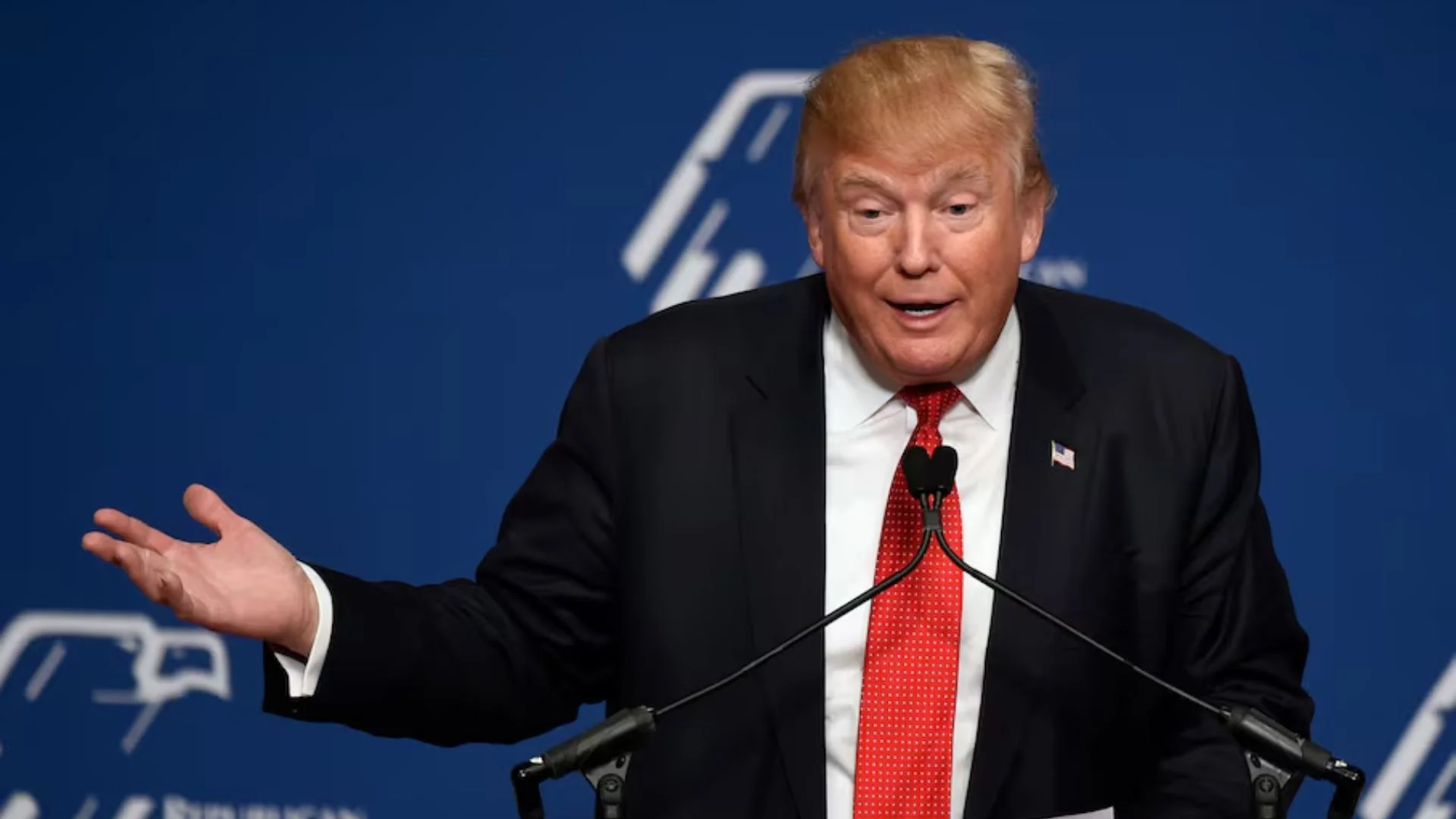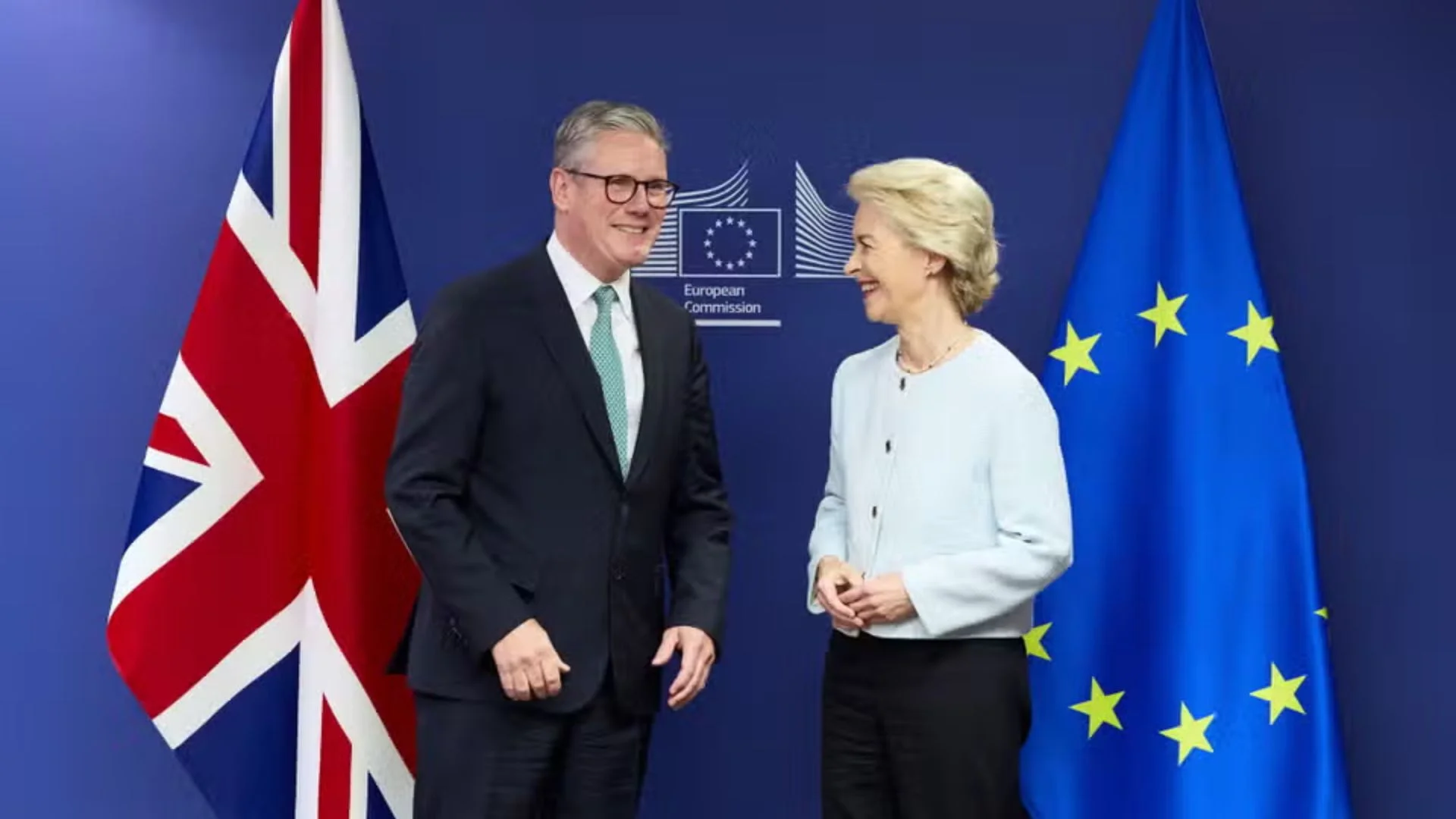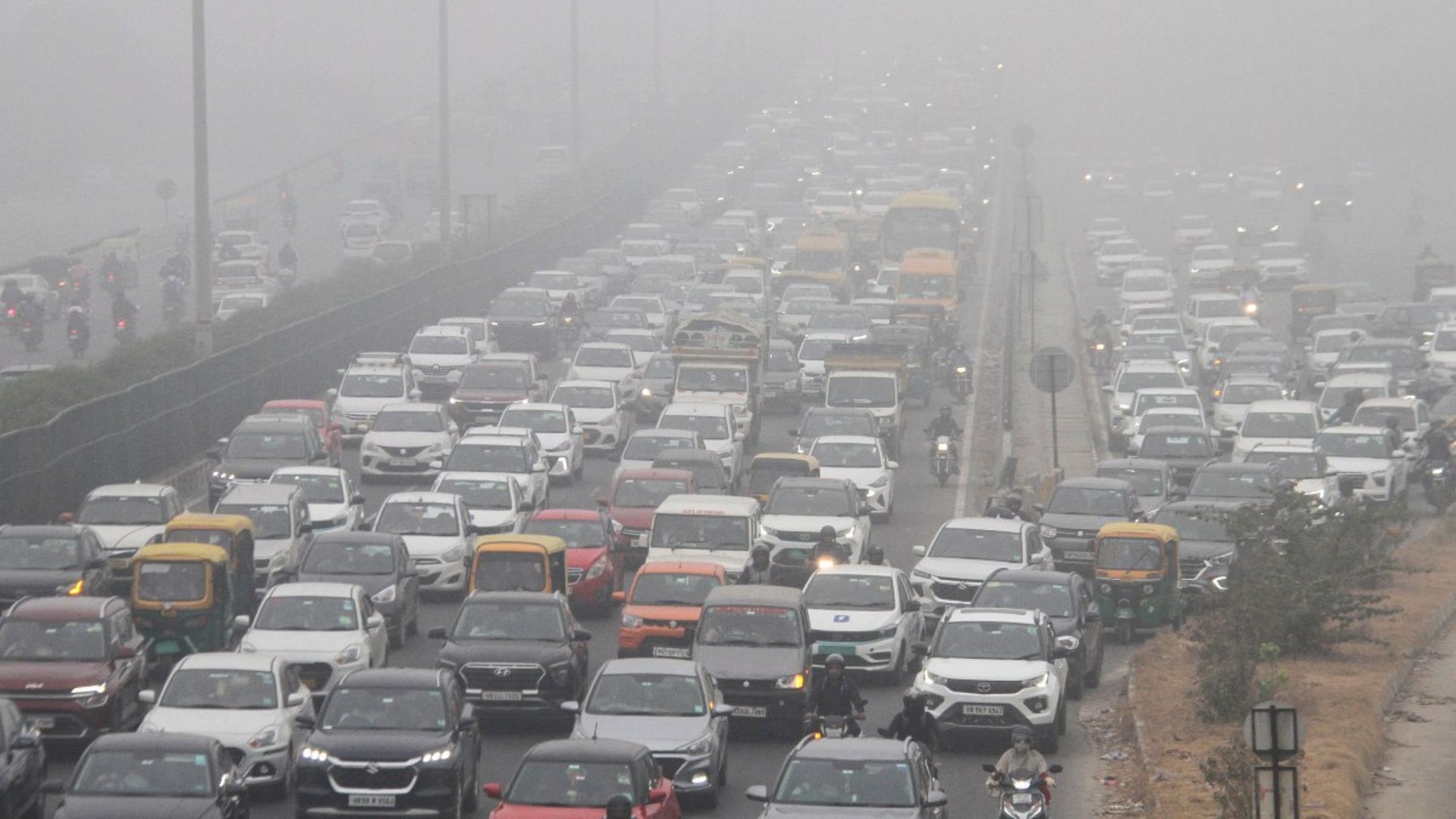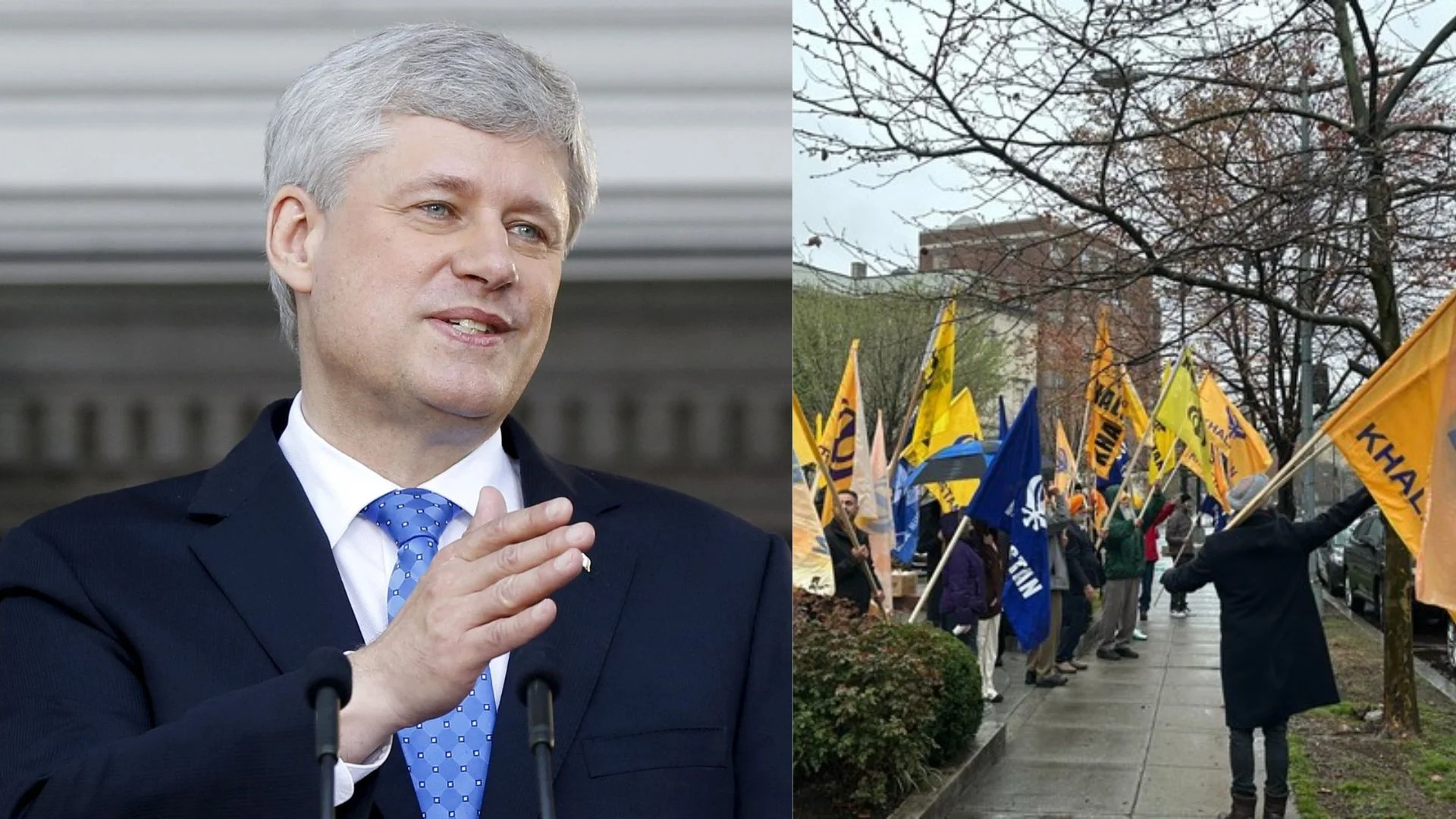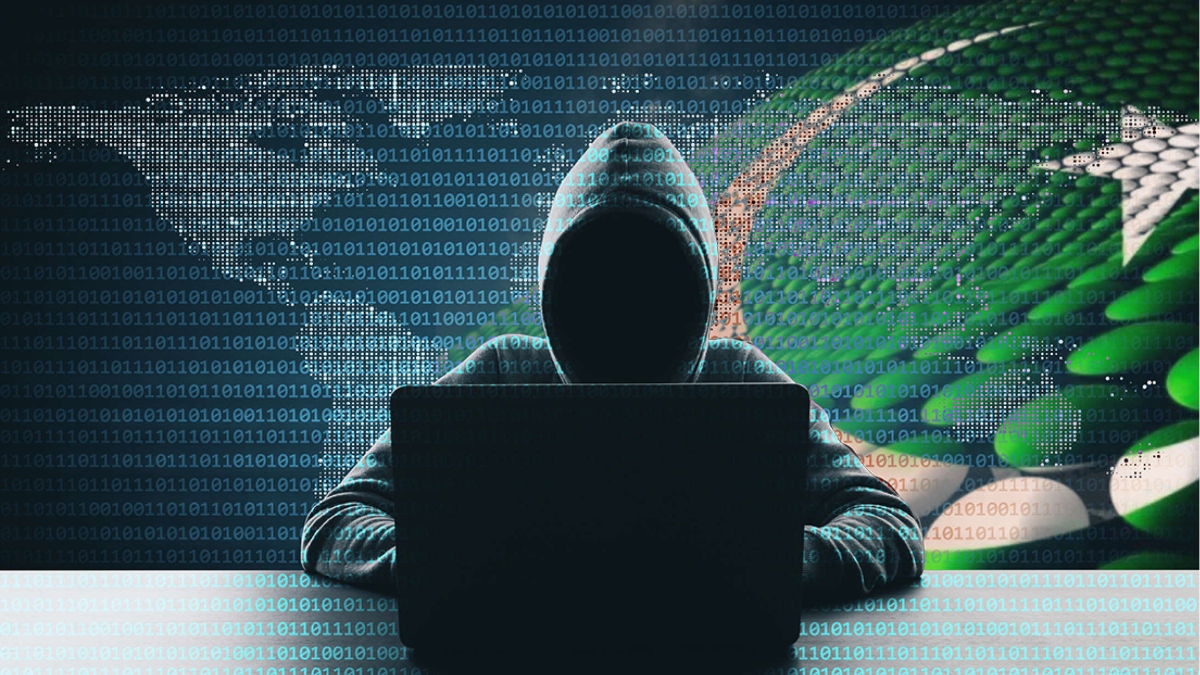
“If you tell a lie big enough and keep repeating it,” Joseph Goebbels, Hitler’s propaganda minister, had once said, “people will eventually come to believe it.” After 75 years of his death, Pakistan still implements the same for its misinformation war against India. With cheaper Internet, social media has landed in the hands of the common people of both the countries, making it easier than ever before to spread misinformation and manipulate the minds of citizens.
After India’s successful surgical and air strikes, Pakistan, out of frustration, is carrying out propaganda strikes against the former now. The Pakistani establishment spreads and supports the spread of misinformation against India to malign its image. It wants to portray India as a ruthless country which oppresses and targets ethnic minorities (especially Kashmiris) and religious minorities (especially Muslims). Along with this so-called oppression, it wants to take advantage of India’s internal fault-lines too and censor anti-Pakistani accounts as well.
In February this year, amidst the peak of the anti-CAA protests in India, Pakistan Prime Minister Imran Khan tweeted a video, through which he claimed that the “Indian police” was carrying out a “pogrom against Muslims in UP”. However, the video was related to an incident in Bangladesh, and Khan had to delete his tweet within a few minutes of posting it. Pakistan’s federal minister for information and broadcasting, Fawad Chaudhry, also falsely quoted Navjot Sidhu as saying that Pakistan is a “second home”, in 2018. These examples are just the tip of the iceberg, but it is not a mystery where they got these materials.
Pakistani propaganda is not just limited to social media. Pakistan has utilised fake images at international platforms too. In 2017, Pakistan’s permanent representative at the United Nations passed an image from Gaza as Jammu & Kashmir’s to show so-called police brutality.
After several failed efforts, Pakistan has also taken the refuge of making fake or impersonating social media accounts to spoil India’s ties with friendly nations. Just about five months ago, when both countries were fighting the initial phase of the Covid-19 pandemic, a surge of new accounts on Twitter was seen. These accounts were posting unrelated videos, photos, and news from other parts of world and dubbing them to show “Islamophobia in India” in order to provoke the Gulf nations to take steps against India. On every alternate day, there were related hashtags—including #IslamophobiaInIndia, #ModiHitler and #HindutvaVsArabWorld—trending on the platform.
INNEFU, an information security R&D startup, published an open-source intelligence (OSINT) report spanning 193 pages, with the title “Anti-India campaign in Arab Countries” in April 2020. The intentions of this malicious campaign, as per this report, were to show the “victimisation of Muslims in India by Indians” and “victimisation of Muslims in the aforementioned countries [Bahrain, Saudi Arabia, Kuwait, and Oman] by Indians”. The report found that 6,493 accounts, which were likely part of bot and troll families, were created in the last 15 days to increase the reach of the ‘Arab v/s India’ campaign. In addition, it also revealed that many hashtags portraying the RSS and India in poor light originated in Pakistan. The whole campaign, the report says, was started when Pakistan-based accounts began claiming Indians to be “Islamophobic”.
Coming to India’s internal fault-lines, Khalistan is one of the biggest insurgencies which India has faced, apart from Kashmir’s. India has been successful in wiping out Khalistani militants from the land of Punjab, but Pakistan’s ISI has been trying to revive the insurgency through social media. There are reports which state that the ISI is using proxies like “Sikhs For Justice” to show that Sikhs are oppressed in India and want secession.
The next point is about Pakistan censoring its critics. It seems that the Islamic republic has a larger plan for this purpose. On 1 September, Stanford University’s Internet Observatory body published a report, “Reporting for Duty: How A Network of Pakistan-Based Accounts Leveraged Mass Reporting to Silence Critics”. Facebook recently suspended a network (profiles, groups and pages) which was misusing its features, and the report has been prepared with the data shared with them by Facebook. According to this report, the network had Facebook groups in which links of “blasphemous” posts were being shared to ‘mass report’ it. The operator behind the network had also developed a Google Chrome extension to perform mass reporting of anti-Islam and anti-Pakistan posts on Facebook. The report also found that his profile states that he has worked with “agencies” (implying the ISI or Pakistani military). There were, the report notes, multiple groups operated by the network, which had names in English, Urdu, Punjabi and Hindi. The content shared varied across the groups, from pro-Pakistan to anti-India, from pro-ISI to anti-BJP material. Surprisingly, as per this report, pro-India (and even pro-Indian Army) groups and pages were also managed by them, probably to share subtle propaganda. As usual, groups related to Khalistan were also there!
Coming back to Goebbels’ suggestion of ‘to tell a bigger lie and to repeat it’, multiple reports suggest that Pakistan is fully prepared for it. “If we understand the mechanism and motives of the group’s mind, it is now possible to control and regiment the masses according to our will without knowing it,” Edward Bernays, a pioneer in the field of public relations and propaganda, had rightly said. India has empowered its citizens with Internet and smartphones but a bigger challenge is still at our doorstep, which is to avoid our masses being controlled by a notorious neighbour.
The writer is an engineer, an observer of South Asian politics and a fellow at the think-tank, BVM.
